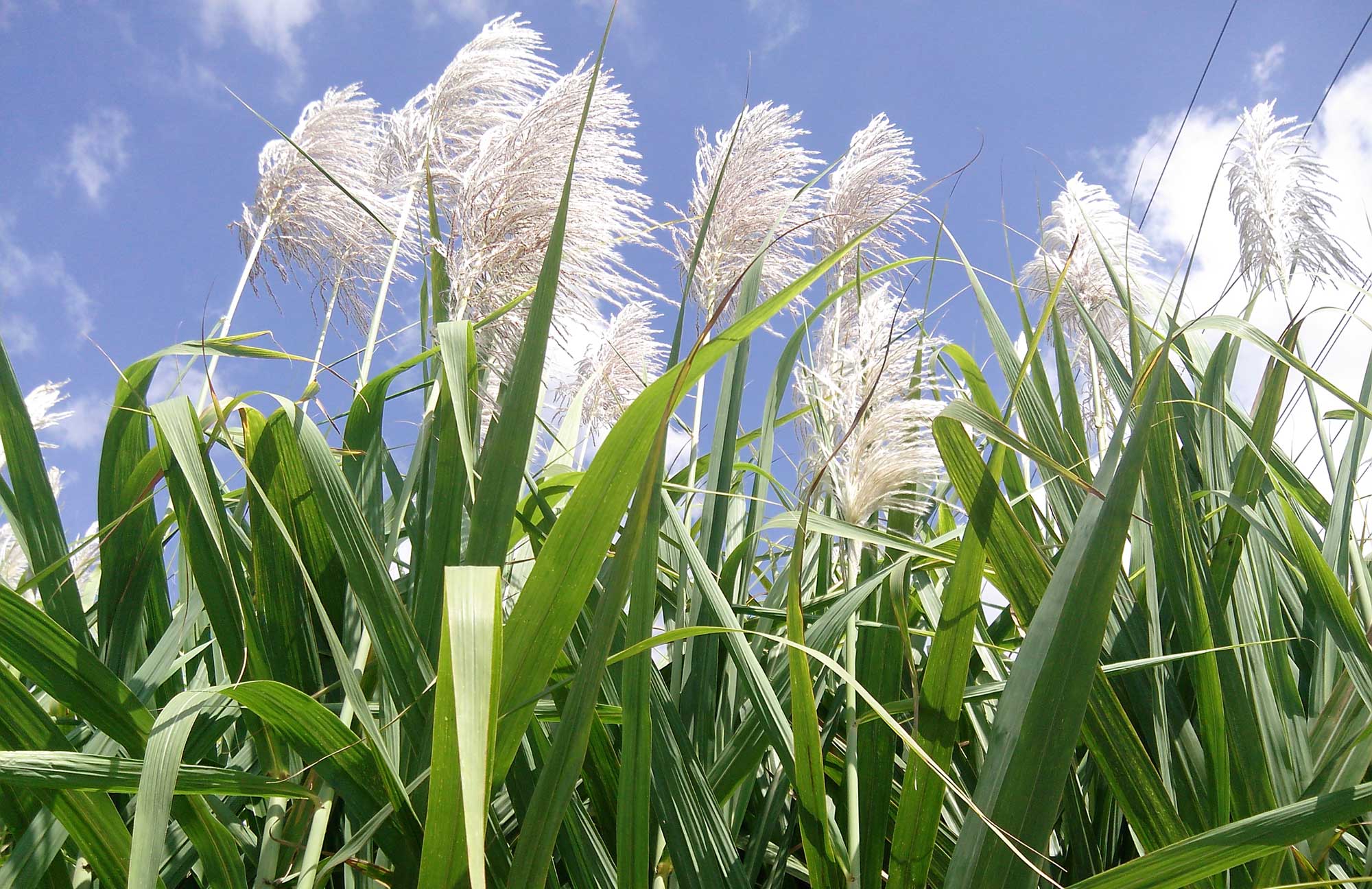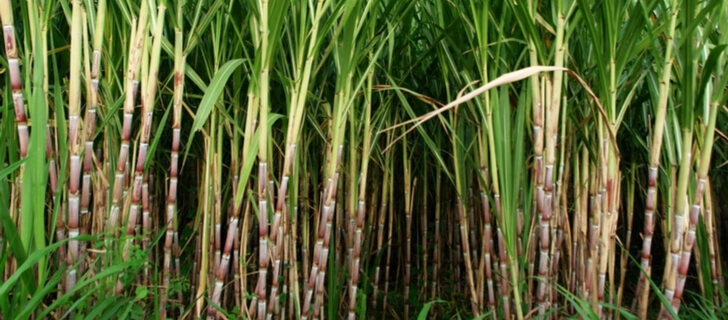Everything About Sugar Canes: What Are Sugar Canes Used For and Their Role in Global Farming?
Sugar walking canes offer as a cornerstone of international agriculture, mostly identified for their function in sugar manufacturing. They likewise add to the production of spin-offs like molasses and ethanol. These elements not just support various markets but also influence economic security in rural areas. However, the farming of sugar walking sticks encounters considerable ecological difficulties. Understanding their diverse role triggers more exploration right into their farming practices and sustainability initiatives.
The Agricultural Refine of Sugar Walking Stick Farming
Sugar walking cane cultivation may differ by area, the fundamental farming procedure remains constant. The initial action involves choosing high-yielding selections ideal for local climates. Prep work of the dirt is necessary, usually requiring husbandry and the addition of fertilizers to improve fertility. Planting usually takes place throughout the stormy period, with farmers utilizing either whole stalks or cuttings to establish new crops.As the plants grow, they need persistent treatment, including weed control, pest management, and irrigation, relying on the ecological conditions. Farmers keep track of the sugar walking cane's development cycle, which usually covers 10 to 24 months, before harvesting. Harvesting is labor-intensive, commonly carried out manually or with specialized machinery, making sure marginal damages to the stalks. Complying with harvest, the walking cane is carried to refining facilities. This careful cultivation process not only sustains local economic situations however additionally plays a considerable function in global agricultural methods, adding to food and energy supplies.
Sugar Manufacturing: From Cane to Crystal
The trip of sugar manufacturing begins the moment newly gathered sugar cane shows up at processing centers. The initial step involves cutting the walking stick and washing to prepare it for removal. Utilizing high-pressure rollers, the juice is extracted from the smashed cane, causing a sweet liquid called sugarcane juice. This juice undertakes information, where contaminations are eliminated via the addition of lime and heat.Next, the clarified juice is concentrated by steaming it to develop a thick syrup. This syrup is then taken shape by cooling down, allowing sugar crystals to form. The taken shape sugar is separated from the staying syrup, referred to as molasses, through centrifugation.Finally, the sugar crystals are cleaned and dried, resulting in the familiar granulated sugar (What Are Sugar Canes Used For). This procedure transforms raw sugar walking cane into an item that is essential to various cooking and industrial applications, highlighting the significance of sugar in worldwide agriculture
Biofuels and Sugar Canes: A Lasting Future
As the world increasingly looks for lasting energy services, sugar walking sticks have become an encouraging resource for biofuels. The biomass originated from sugar walking canes can be transformed into ethanol, a renewable fuel option that noticeably minimizes greenhouse gas emissions compared to nonrenewable fuel sources. This process not only offers a cleaner energy source however also promotes energy self-reliance for several countries.In addition, sugar cane cultivation sustains country economic situations by creating work in both farming and biofuel manufacturing fields. Making use of sugar walking canes for biofuel production additionally urges farming diversity, which can boost dirt health and wellness and minimize dependence on single crops. Furthermore, the byproducts of sugar cane handling can be made use of for electricity generation, in addition adding to a lasting power cycle. As nations endeavor to satisfy sustainable energy targets, sugar canes are positioned to play an essential duty in forming a more sustainable future in the biofuel landscape.

The Duty of Sugar Canes in Drink Manufacturing
Sugar walking canes play a substantial duty in drink manufacturing, acting as a primary ingredient in rum and adding to the sweet taste of lots of soft drinks. Additionally, their all-natural juices are made use of in different beverages, enhancing taste and charm. This convenience emphasizes the significance of sugar canes in the international beverage sector.
Sugar Walking Cane in Rum
Rum production is intricately connected to the growing of sugar cane, an important plant that offers the required fermentable sugars required for fermentation. This procedure begins with the extraction of juice from gathered sugar walking canes, which is after that either fermented directly or processed right into molasses. Yeast is contributed to convert the sugars right into alcohol, resulting in a diverse array of rum designs, from light to dark selections. The geographical region where the sugar cane is expanded greatly affects the taste profile of the rum, with factors such as dirt type and climate having fun crucial duties. Nations like Barbados, Jamaica, and Cuba are renowned for their rum production, mirroring the social and historic value of sugar walking cane within the global drink market.
Soft Drinks Sugar Source

Natural Juice Production Makes Use Of
Along with its substantial duty in soda manufacturing, sugar cane is additionally essential in the all-natural juice sector. The juice drawn out from sugar walking stick, known as walking stick juice, is celebrated for its all-natural sweetness and one-of-a-kind taste account. This juice is frequently eaten fresh in different areas, specifically in tropical countries, where it is enjoyed as a revitalizing drink. Furthermore, cane juice acts as a base ingredient in a range of all-natural fruit juices and shakes, enhancing both taste and dietary original site worth. Its natural properties make it an eye-catching option to man-made sugar, interesting health-conscious consumers. Overall, sugar walking stick's flexibility in juice manufacturing highlights its importance in contemporary drink offerings worldwide.
Technologies in Sugar Walking Stick Byproducts
Innovations in sugar walking cane results are leading the way for sustainable options in numerous markets. Biofuels stemmed from sugar cane offer an alternate energy resource, while developments in sustainable packaging are lowering dependence on typical products. These advancements highlight the convenience and capacity of sugar walking stick past its key usage in beverage production.
Biofuels From Sugar Walking Cane
How can the by-products of sugar walking cane add to lasting energy solutions? The conversion of sugar walking cane right into biofuels presents an encouraging opportunity for renewable resource. By making use of the fibrous deposit, called bagasse, manufacturers can create bioethanol through fermentation procedures. This bioethanol can work as a lasting option to fossil fuels, reducing greenhouse gas emissions and dependence on non-renewable sources. In addition, molasses, an additional result, can be fermented to produce biofuels, making best use of resource effectiveness. The power generated from sugar walking cane not just provides a cleaner fuel resource however also enhances the general economic practicality of sugar manufacturing. By incorporating biofuel production right into their procedures, sugar cane industries can play an important duty ahead of time lasting energy options internationally.
Lasting Packaging Solutions
Lasting product packaging solutions are increasingly being developed from sugar cane results, showcasing the adaptability of this farming staple. Innovations such as eco-friendly plastics obtained from bagasse, the fibrous deposit left after juice extraction, are gaining traction. These materials use an eco-friendly alternative to standard plastics, minimizing reliance on fossil fuels and reducing carbon impacts. In addition, sugar cane-based packaging is compostable, damaging down normally without damaging the environment. Firms are currently checking out these alternatives to align with visit their website customer demand for sustainability. As awareness of plastic pollution grows, the adoption of sugar cane-derived product packaging is anticipated to rise, positioning sugar walking sticks as a vital gamer in the shift to greener product packaging remedies in different markets.
Economic Impact of Sugar Cane Farming

Sugar walking stick farming has deep origins in many economic climates, its economic impact extends far beyond farming manufacturing. This crop acts as a considerable income source for countless farmers worldwide, specifically in developing countries where farming is a primary resources. Sugar walking stick contributes to neighborhood economic situations with work production in processing, cultivation, and harvesting. The sector additionally stimulates growth in associated markets such as transport, equipment manufacturing, and food processing.Furthermore, sugar walking stick is a principal in global trade, affecting global markets and rates. Nations that produce sugar walking stick frequently depend on exports to improve their financial security. The byproducts of sugar walking stick, such as ethanol and molasses, branch out revenue streams for farmers and add value to the farming industry. Overall, the economic ramifications of sugar walking stick farming are profound, impacting not just farmers however likewise nationwide economic climates and entire neighborhoods.
Ecological Considerations in Sugar Walking Stick Growing
While sugar cane farming plays a crucial duty in numerous economic situations, it likewise raises substantial ecological concerns that can not be ignored. The considerable use fertilizers and chemicals in sugar walking stick farming usually causes dirt deterioration and water pollution. Runoff from these chemicals can contaminate close-by water bodies, damaging water communities. In addition, the monoculture practices common in sugar cane farming reduce biodiversity, making ecological communities much more prone to parasites and diseases.Deforestation is one more essential issue, as land is often removed to make means for sugar haciendas, resulting in habitat loss for wild animals and raised carbon emissions. Furthermore, the high water usage required for sugar cane watering can strain neighborhood water resources, specifically in arid areas. As global demand for sugar remains to rise, dealing with these environmental obstacles ends up being vital to ensure lasting techniques in sugar walking stick farming.
Frequently Asked Inquiries
What Are the Nutritional Advantages of Sugar Walking Stick?
The dietary advantages of sugar cane largely include its high carbohydrate material, giving power. Furthermore, it contains vitamins, minerals, and antioxidants that may sustain general health and wellness, though moderation is vital due to its sugar web content.
Just How Does Sugar Walking Stick Affect Resident Ecosystems?
Sugar cane cultivation can considerably affect neighborhood communities by changing land use, affecting biodiversity, and needing significant water resources. Additionally, it might cause soil degradation and pesticide overflow, disrupting surrounding environments and wildlife populations.
What Is the History of Sugar Walking Stick Farming?

Exist Alternatives to Sugar Cane for Sugar Manufacturing?
Alternatives to sugar cane for sugar production include sugar beets, corn, and various exotic plants like sorghum and agave (What Are Sugar Canes Used For). These plants provide varied sources of sweet taste, each with distinctive cultivation needs and ecological effects
How Do Weather Patterns Impact Sugar Walking Cane Yields?
Climate patterns substantially affect sugar walking stick returns via temperature changes, rains quantities, and seasonal cycles. Drought or too much rains can prevent development, while excellent conditions boost photosynthesis, ultimately affecting the amount and quality of the harvest. The journey of sugar production begins the minute fresh gathered sugar cane shows up at processing facilities. The taken shape sugar is separated from the staying syrup, understood as molasses, with centrifugation.Finally, the sugar crystals are cleaned and dried, resulting in the familiar granulated sugar. Rum production is delicately linked to the farming of sugar walking cane, an essential crop that gives the required fermentable Visit Website sugars needed for fermentation. In addition, the monoculture techniques widespread in sugar walking stick farming reduce biodiversity, making ecological communities much more vulnerable to insects and diseases.Deforestation is an additional crucial concern, as land is typically removed to make way for sugar haciendas, leading to environment loss for wildlife and raised carbon exhausts. Alternatives to sugar walking stick for sugar manufacturing consist of sugar beetroots, corn, and different exotic plants like sorghum and agave.